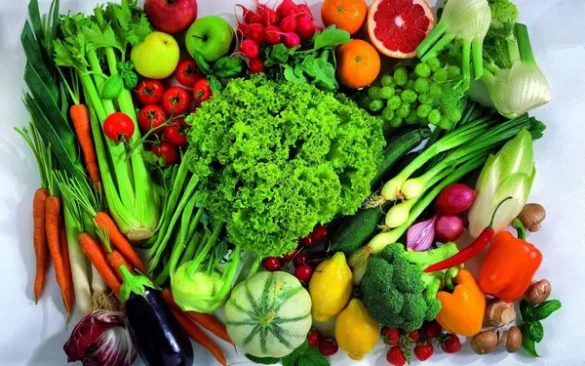The latest findings from the 2023 Rabobank-KiwiHarvest Food Waste survey unveil a concerning rise in New Zealand’s food waste bill, which has surged by 2.6% to a staggering $3.2 billion. This eye-opening revelation underscores the persistent issue of food wastage in the nation, and its financial implications are equivalent to the cost of feeding 688,000 New Zealanders for an entire year.
The upswing in food waste expenditures can be attributed to an increase in the number of households and higher household food expenditures. This surge in cost more than offsets the encouraging decline in the estimated percentage of household food waste, which decreased from 13.4% in 2022 to 12.2% in the present year.
Conducted during late July and early August, the survey also highlights that the value of food wasted per household remains relatively unchanged, with the figure standing at $1510, compared to $1520 in the preceding year, primarily due to soaring food prices.
Blake Holgate, Head of Sustainable Business Development at Rabobank NZ, expressed his satisfaction at the decrease in the estimated percentage of food waste, despite only marginal shifts in New Zealanders’ food waste attitudes and behaviors over the past year. Holgate noted that while high food price inflation might have been expected to drive significant changes in food waste patterns, the survey results reveal that they remained largely consistent with 2022.
According to the survey, the principal reasons for food wastage continue to be “food going off before you can finish it” (50%) and “before use-by and best-before dates” (32%). Meanwhile, the major concerns surrounding food waste persist as “cost” (74%) and “feelings of guilt that other people around New Zealand are going without” (35%).
The types of foods being discarded mirror last year’s results, with vegetables (38%), bread (29%), and fruit (25%) holding their positions as the top three contributors to food wastage.
Deborah Manning, Founder of KiwiHarvest, pointed out that improvements in certain key areas have contributed to the slight decrease in estimated food waste. She highlighted that more New Zealanders are now correctly interpreting “best-before” food labels, resulting in a substantial increase in the number of people consuming food after best-before dates when the food remains undamaged or unspoiled.
The survey also reveals that over four times as many Kiwis believe their households have reduced food waste over the past year compared to those who reported an increase. Among those who claimed a decrease in food waste, better planning, consuming leftovers, and buying less food were identified as the top three drivers for this positive change.
Holgate emphasized that there is still ample room for improvement in New Zealanders’ food waste behaviors. While the 2023 survey recorded lower food waste compared to 2022, it’s crucial to note that the previous year had witnessed the highest estimated food waste levels in the six-year history of Rabobank’s food waste surveys. The current estimated food waste rate of 12.2% remains substantially higher than the low of 8.6% recorded in 2021. Therefore, it remains imperative for the country to maintain a strong focus on public education regarding the adverse financial and environmental consequences of food waste.

